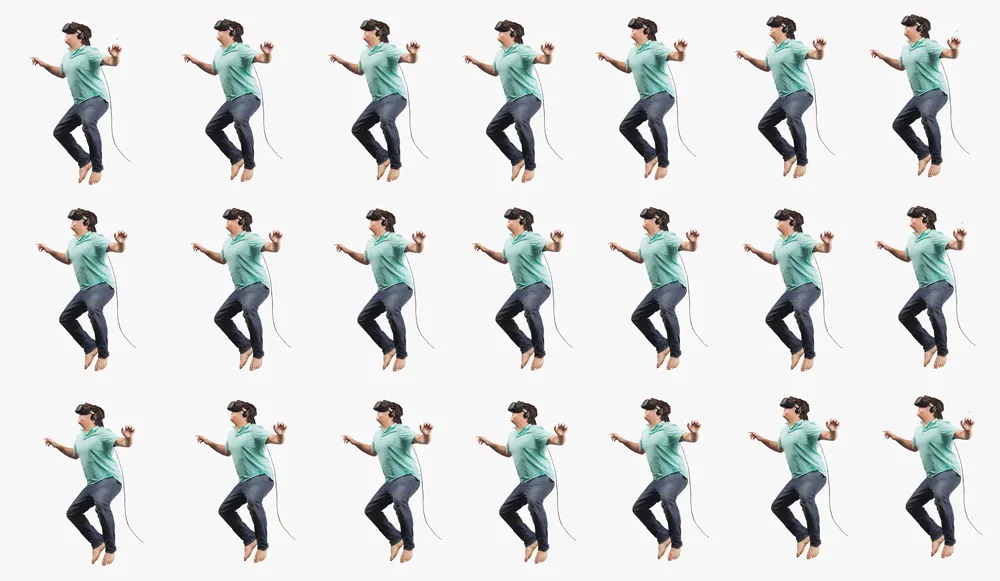We write about light fields a lot. After all, the technology represents the future of mixed reality. For example, Lytro announced an ultra-expensive camera to capture light fields, OTOY has been working on ways to render them and Google-backed Magic Leap needs a ton of money to develop a light field display they can sell.
Last month the Visual Effects Society held an event in L.A. breaking down the mystery surrounding light fields. Before the event, OTOY took the opportunity to show off its hack combining Valve’s lighthouse tracking with the wireless Gear VR, showing a key missing piece of the perfect mixed reality setup. When combined with a full light field capture, render and display pipeline, wireless positional tracking could allow people to move untethered through a space that might look virtually indistinguishable from the real world.
We’ve tried to break down what light fields represent on multiple occasions, but sometimes it’s better to just watch a video. Or in this case, a series of them. The Visual Effects Society recorded the event with presentations from USC researchers, OTOY and Lytro broken up across four videos featuring experts in the field explaining the technology.
This will cost you a few hours, so bookmark this page or the videos and come back when you have time to hear from each of the speakers as they walk through exactly how this technology works and why it will change the world. I’d argue that’s it’s more than worth your time. Why? If you assume inexpensive stereoscopic headsets from Oculus, Valve and Sony will see widespread adoption starting next year, we are likely to see continuing accelerated interest in light field technologies. Put another way, the companies working to implement the ideas outlined in these videos are likely to be the focus of billions of dollars of investment in the coming years as some of the world’s largest companies spend gobs of money to iron out the kinks and bring down the cost of light fields.
Here you go:


























